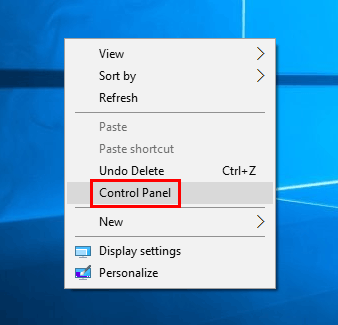

Turn the Chinese input method editor (IME) on or off.ĭisplay the shortcut menu for the selected item. Switch the keyboard layout when multiple keyboard layouts are available. Select multiple individual items in a window or on the desktop. When a tile is in focus on the Start menu, move it into another tile to create a folder.Ĭtrl + arrow key (to move to an item) + Spacebar When a group or tile is in focus on the Start menu, move it in the direction specified. Use the arrow keys to switch between all open apps. Move the cursor to the beginning of the previous paragraph. Move the cursor to the beginning of the next paragraph. Move the cursor to the beginning of the previous word. Move the cursor to the beginning of the next word. Select all items in a document or window.ĭelete the selected item and move it to the Recycle Bin. Open the shortcut menu for the active window.Ĭlose the active document (in apps that are full-screen and let you have multiple documents open at the same time).
#Control panel shortcut key windows 7 password
Show your password on the sign-in screen.Ĭycle through items in the order in which they were opened.ĭisplay properties for the selected item. Set focus to the first icon in the Suggested actions menu. Search for a file or folder in File Explorer.ĭisplay the address bar list in File Explorer.Ĭycle through screen elements in a window or on the desktop. Simplified Chinese MSPY 3.Close the active item, or exit the active app. Traditional Chinese Pocket IME Hot Key Registry Settings
#Control panel shortcut key windows 7 windows 7
This is for Windows 7 64-bit, though from my research, it looks like The recurring bug is the hotkey being automatically reset to > Advanced Key Settings > Hot keys for input languages`. Region and Language > Keyboards and Languages > Change keyboards. Specific hotkey setting that you would normally find in `Control Panel Do not change the Hot keys for input languages in Control Panel, unless you want to do this all over again.Įach registry key (thing that looks like a folder) is for each.Change the first byte in Virtual Key from 20 to FF.Change the first byte in Key Modifiers from 02 to 00.* Virtual Key designates theįinishing key and is set to Space ( 20000000). * Key Modifiers designate Alt/ Ctrl/ Shift/etc and is In the right sub-window, there are three subkeys.

(Simplified) IME - Ime/NonIme Toggle hotkey Select the key named: * 00000070 for the Chinese (Traditional) IME - Ime/NonIme Toggle hotkey * 00000010 for the Chinese.Navigate to HKEY_CURRENT_USER/Control Panel/Input Method/Hot Keys.Go to Start > Type in regedit and start it.If it helps you, make sure you jump over to the original post to give the author credit. The relevant content is from user Kache and is given below (for posterity). However, it seems that C- is a common problem with Chinese keyboards. Disable any application like AutoHotKey.įrom there, things are trickier to handle. To troubleshoot it, first make sure that any obvious stuff is turned off. The path from key press to action on the screen is surprisingly complex. There is something happening between when you press C- and when that signal is sent to Emacs.


 0 kommentar(er)
0 kommentar(er)
